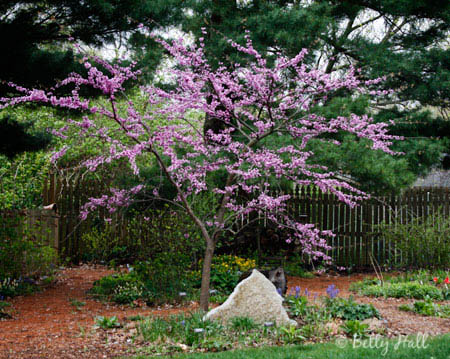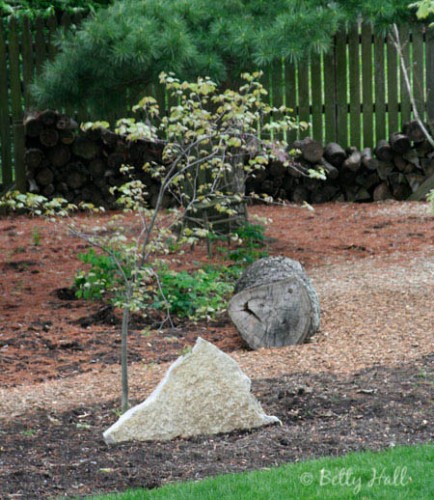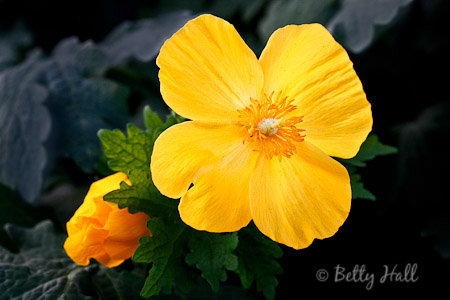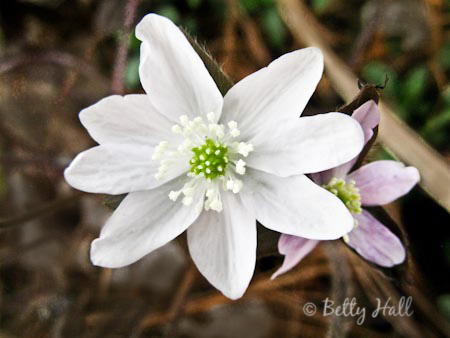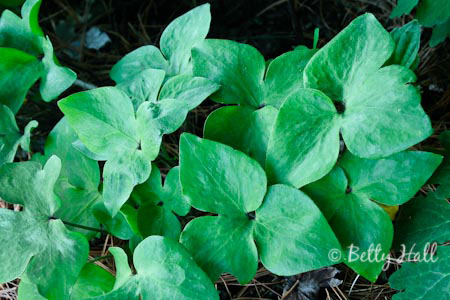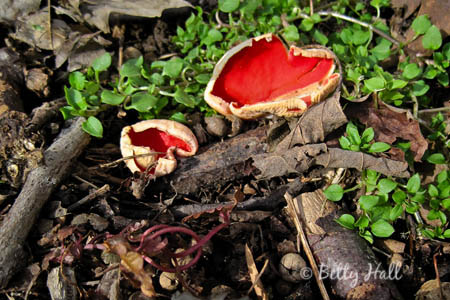It’s redbud (Cercis canadensis) time in Kentucky. I love seeing all the pink along our roads and highways. However, my favorite is the one that’s blooming in our backyard. I enjoy its big splash of pink and the lacy texture of the blossoms. As the flowers begin to drop, I’ll enjoy the tiny red heart-shaped leaves. These will turn green as they grow larger and I’ll enjoy them all summer.
This is the tree soon after it was planted five years ago. When we reworked the backyard, we added three new native trees – a redbud, bald cypress (Taxodium distichum), and black gum or tupelo (Nyssa sylvatica). We’ve been pleasantly surprised at how fast they have grown.
I’ve always liked trees, and I’ve recently become aware of how important they are to a healthy environment. In particular, native trees are nurseries for many kinds of insects, which are essential to nature’s food chain. For example, birds depend on insects as food for themselves and their young. If we don’t have insects, we won’t have birds.
I enjoy our trees and the wildlife they bring to our backyard. It’s exciting to see another season of growth begin.

